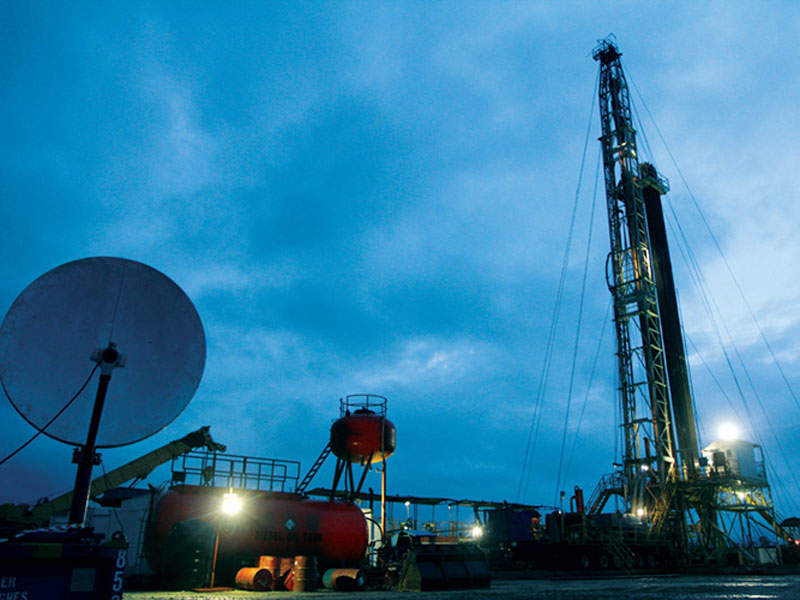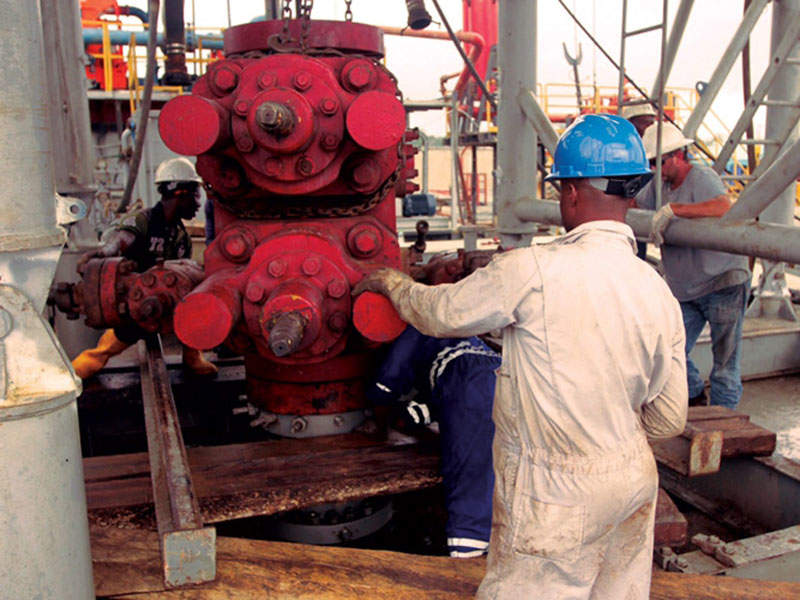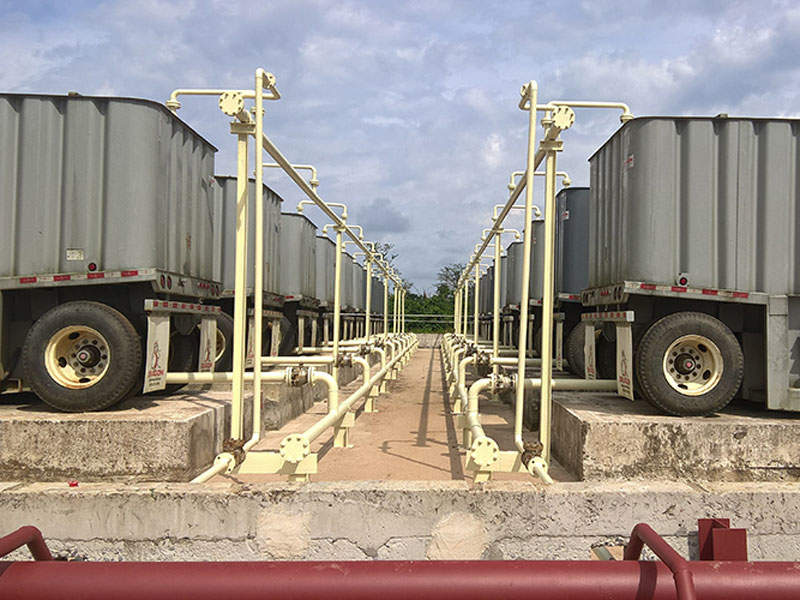
Otakikpo is a marginal field lying in the oil mining lease OML11, located approximately 60km south-east of Port Harcourt in the Rivers State, Nigeria.
The field was developed in two phases by its operator Green Energy International (GEIL, 60%) in collaboration with its technical and financial partner Lekoil Oil and Gas (40%),
OML11 was farmed out to GEIL by the SPDC JV, which comprises the Shell Petroleum Development Company (30%), Total E&P Nigeria (10%), Nigerian Agip Oil Company (5%) and Nigerian National Petroleum Corporation (55%).
First production from the field was achieved in February 2017 at an initial production rate of 5,000 barrels of oil per day (bopd).
Lekoil aims to increase the rate of production to 10,000bopd by the middle of the year.
Otakikpo oil field discovery and appraisal
Otakikpo field was discovered in 1980 by the Otakikpo 01 well, however no hydrocarbons were found in the first well due to the absence of a reservoir.
The field was appraised by the Otakikpo 02 and Otakikpo 03 appraisal wells, which were drilled in 1981 and 1986 respectively.
The two wells encountered a total of five reservoirs. C5000B, C6000B, C7000B and E1000A were found to be oil-bearing, while C6000B contained gas.
Otakikpo field reserves
The field’s 2C-contingent resources are estimated to be 56.75 million barrels of oil (mmbbl), with an additional 70 billion cubic feet (bcf) of gas reserves.
Otakikpo oil field phase one development details
The GEIL and Lekoil joint venture (JV) began operations in December 2014 by carrying out a comprehensive review of the field’s surface and sub-surface data.
The report outlined the field development plan, as well as details of the available resources and the infrastructure required to effectively conduct operations.
Phase one of the development included re-entry of wells 02 and 03, with recompletions mainly focusing on three reservoirs C5, C6 and E1. The re-entry efforts were conducted in 2015 and 2016, and included well tests at zones C5, C6 and E1.
The JV elected to prioritise production from the C5 and C6 upper zones, as the oil flow from the two sites was encouraging compared that of E1.
Production from the E1 zone was temporarily suspended due to cementing issues, however the JV has outlined plans to pursue the E1 zone development in future phases.
Oil is currently being produced through four production strings across the 02 and 03 wells.
Phase one also saw the development of onshore and offshore facilities, including an extended production facility (EPF) with a capacity of 10,000bopd, in addition to a number of crude storage tanks, a power plant, and various onshore and offshore pipelines.
Otakikpo field phase two development details
Phase two will focus on the development of the rest of the field, along with the construction of a new central processing facility (CPF) and the drilling of seven new wells.
The CPF will have an initial capacity to process 18,000bopd, expandable up to 35,000bpd.
It will include oil inlet manifold, spare slots for future wells, control systems, and protection and safeguards units.
The facility will process light and sweet fluids from the well stream and transfer the separated stream to crude oil storage tanks, which will have the combined capacity to hold 14 days production of gross liquid.
The produced oil will be sent from the site to a nearby terminal via barge.
Oil export from Otakikpo field
A 6km-long offshore pipeline was constructed to transfer oil from the onshore storage tanks to the shuttle tanker.
Crude oil is planned to be transported by shuttle tanker to the Amni International Petroleum Development-operated Ima Terminal, under a crude handling agreement signed by GEIL.
Contractors involved
AGR TRACS International conducted a comprehensive review of the project’s subsurface data.






